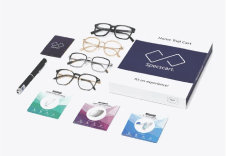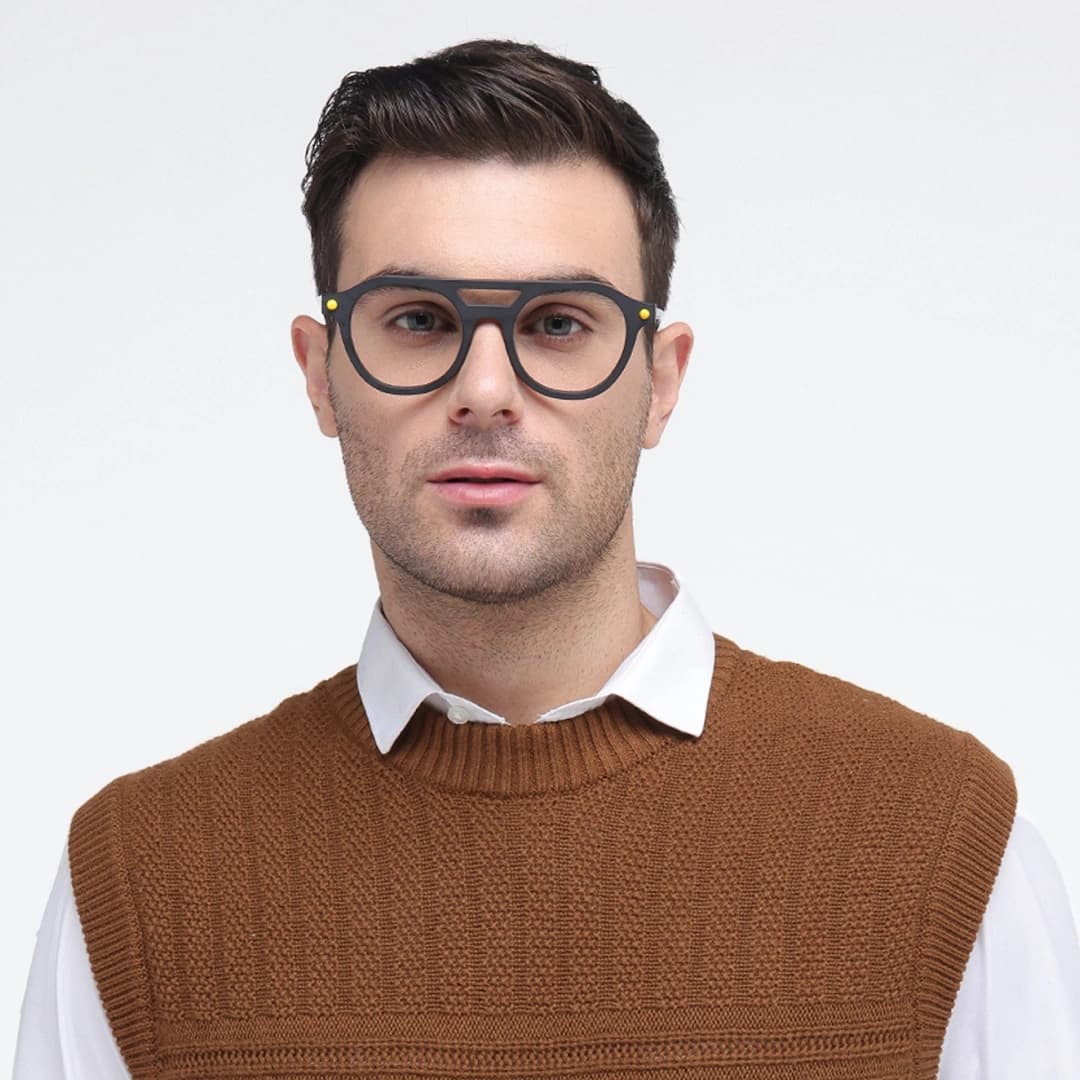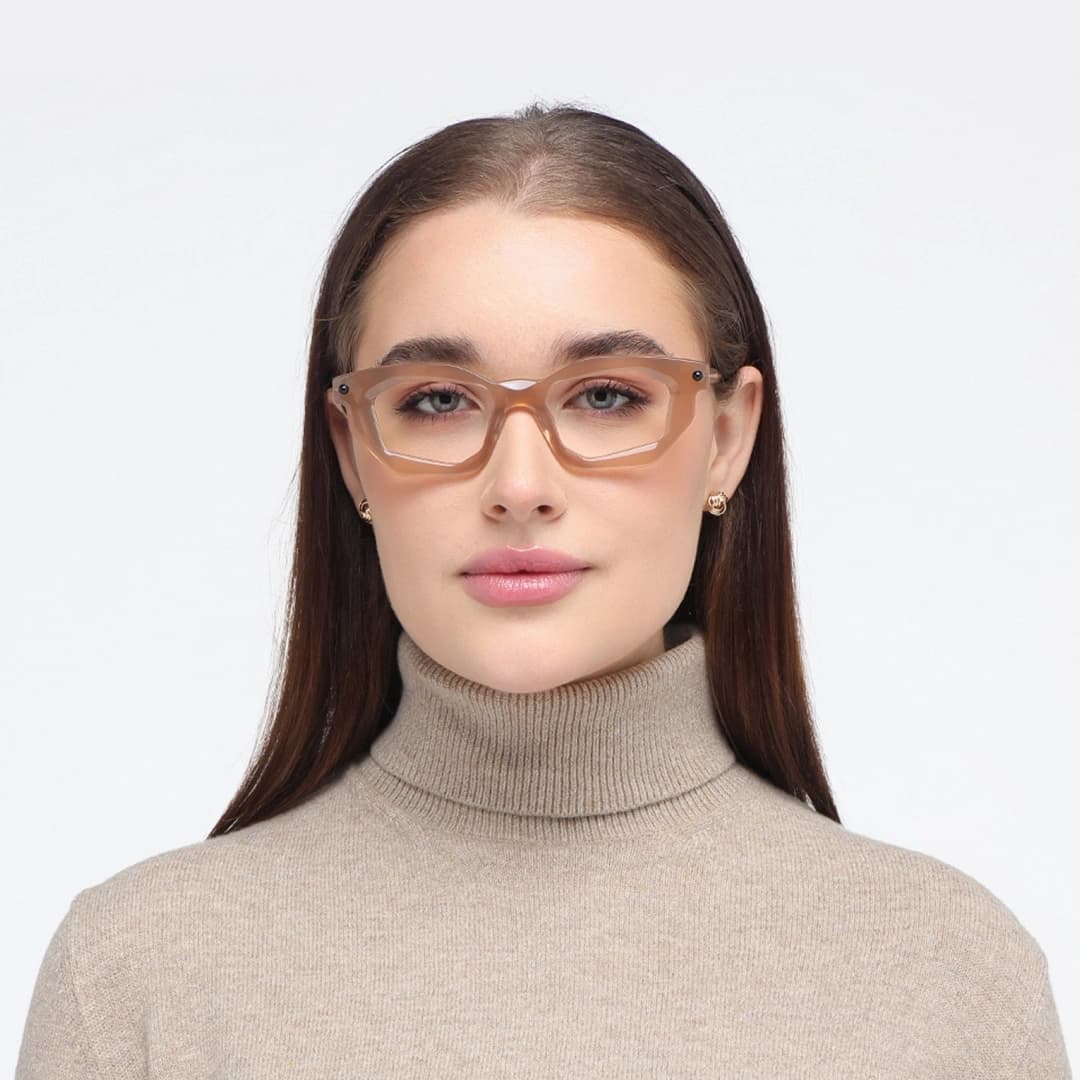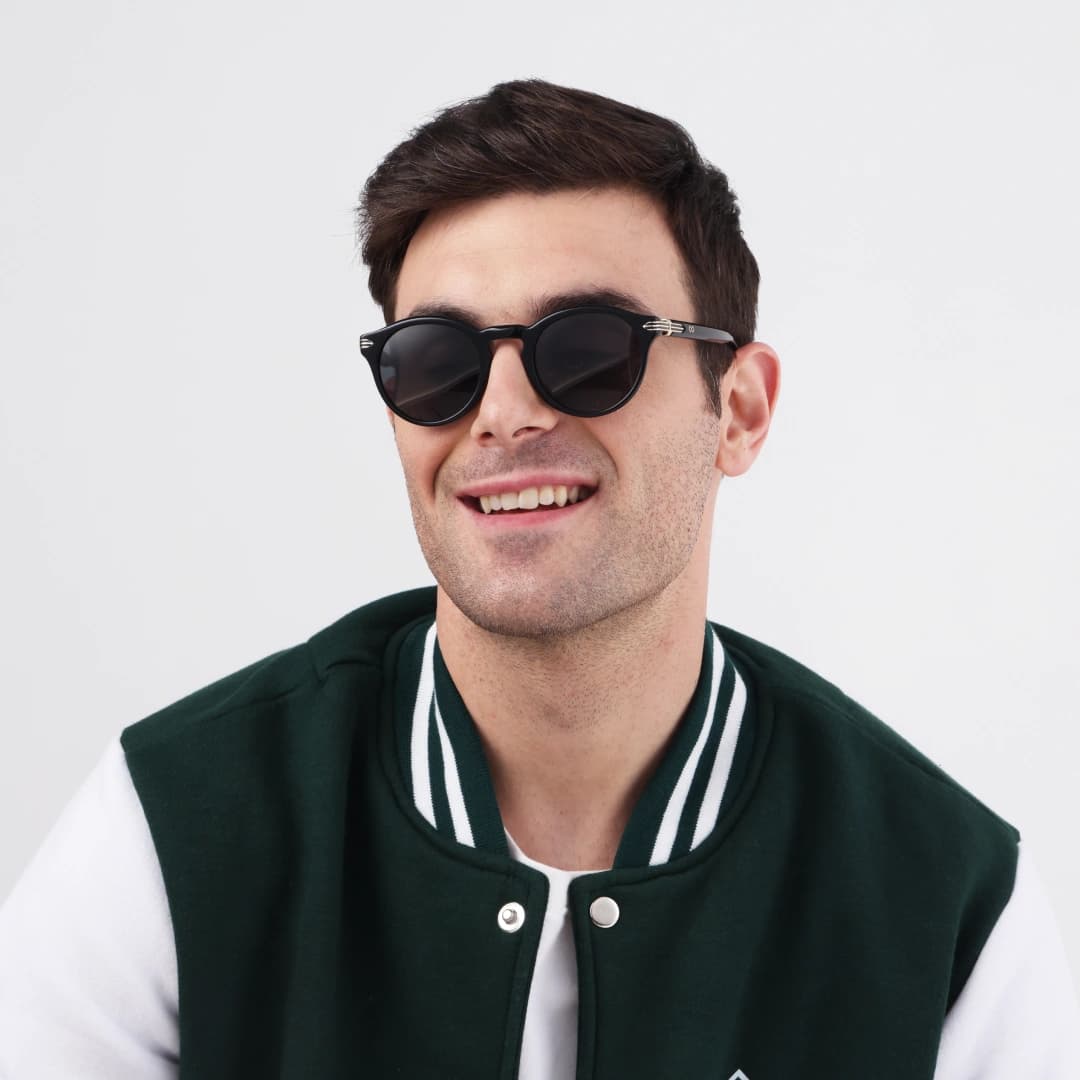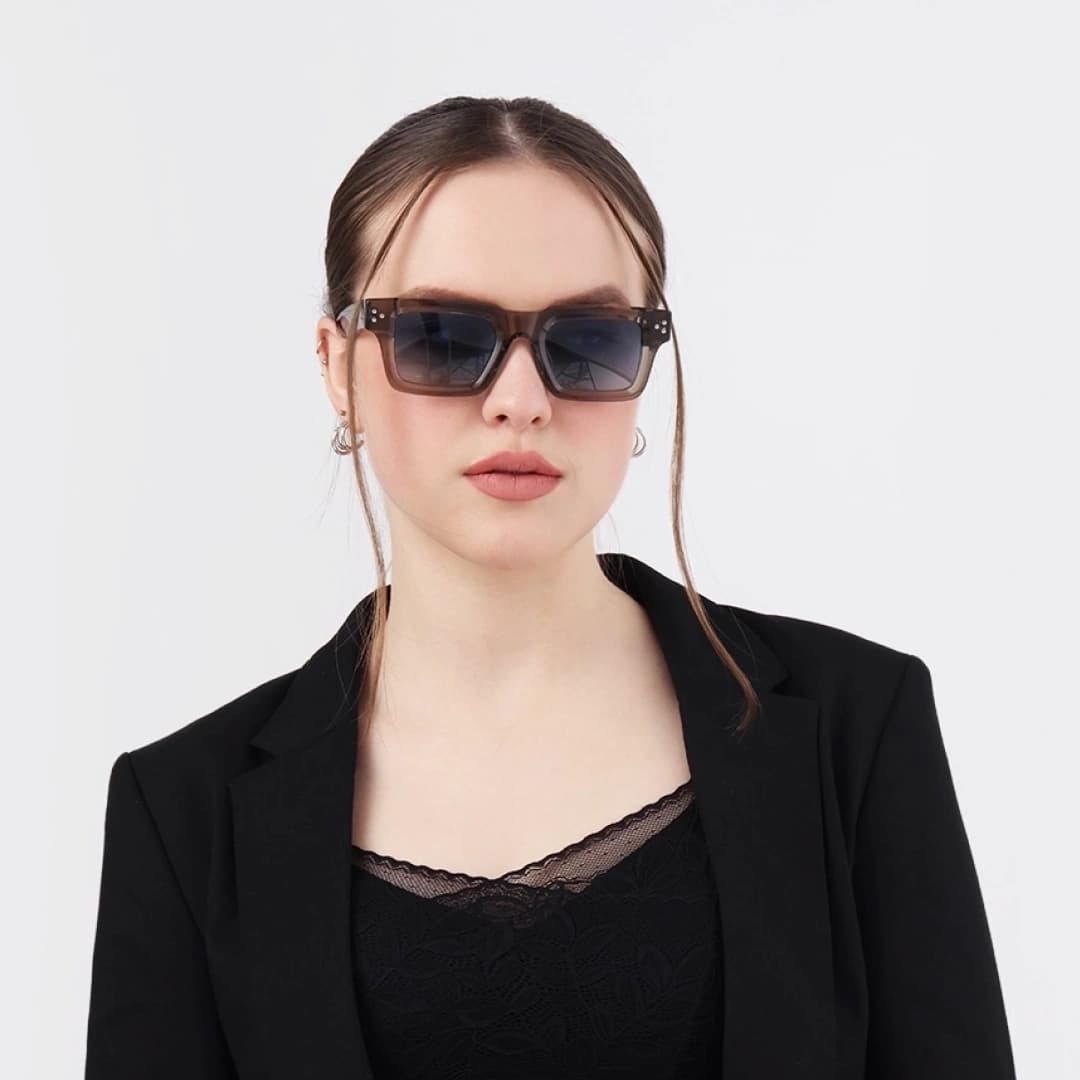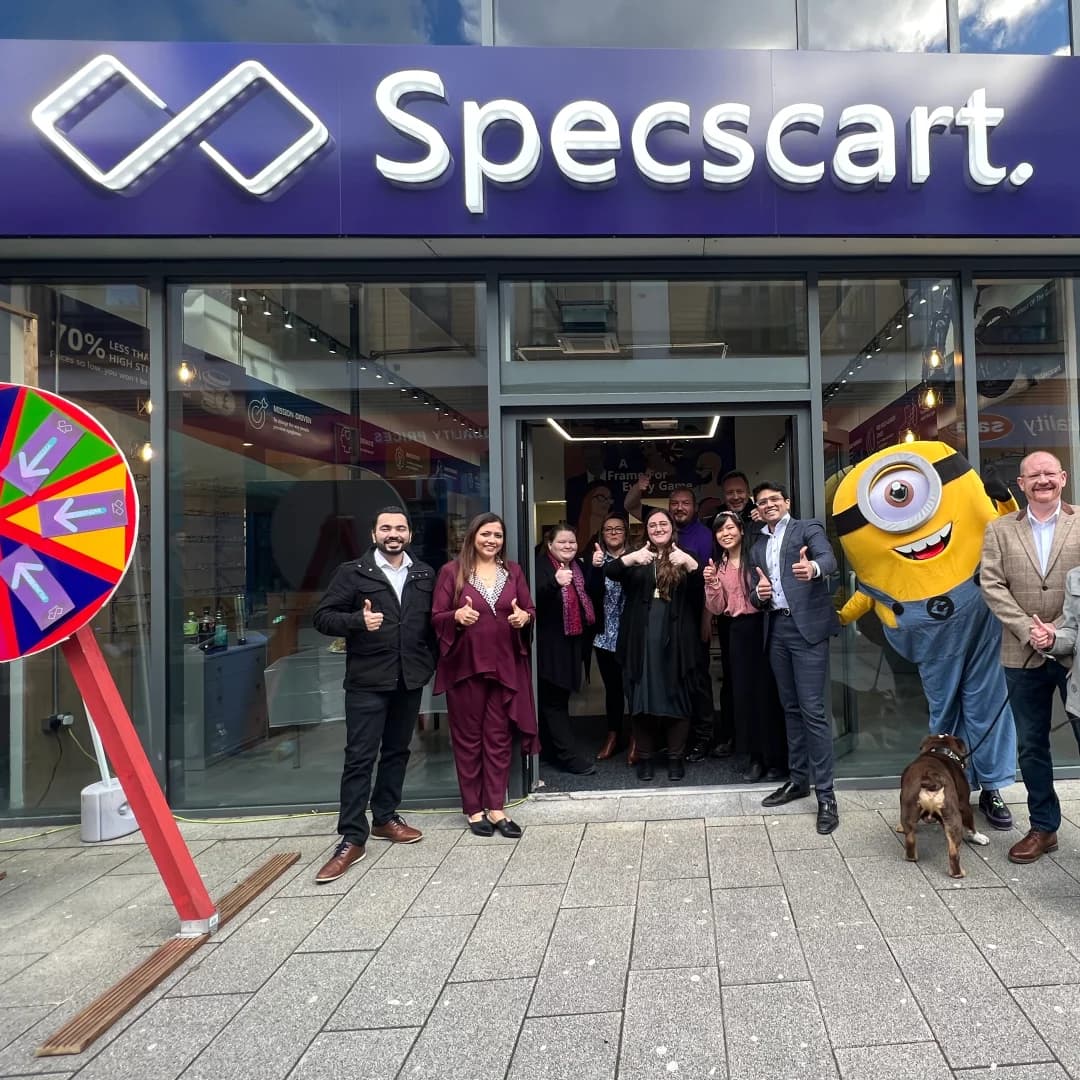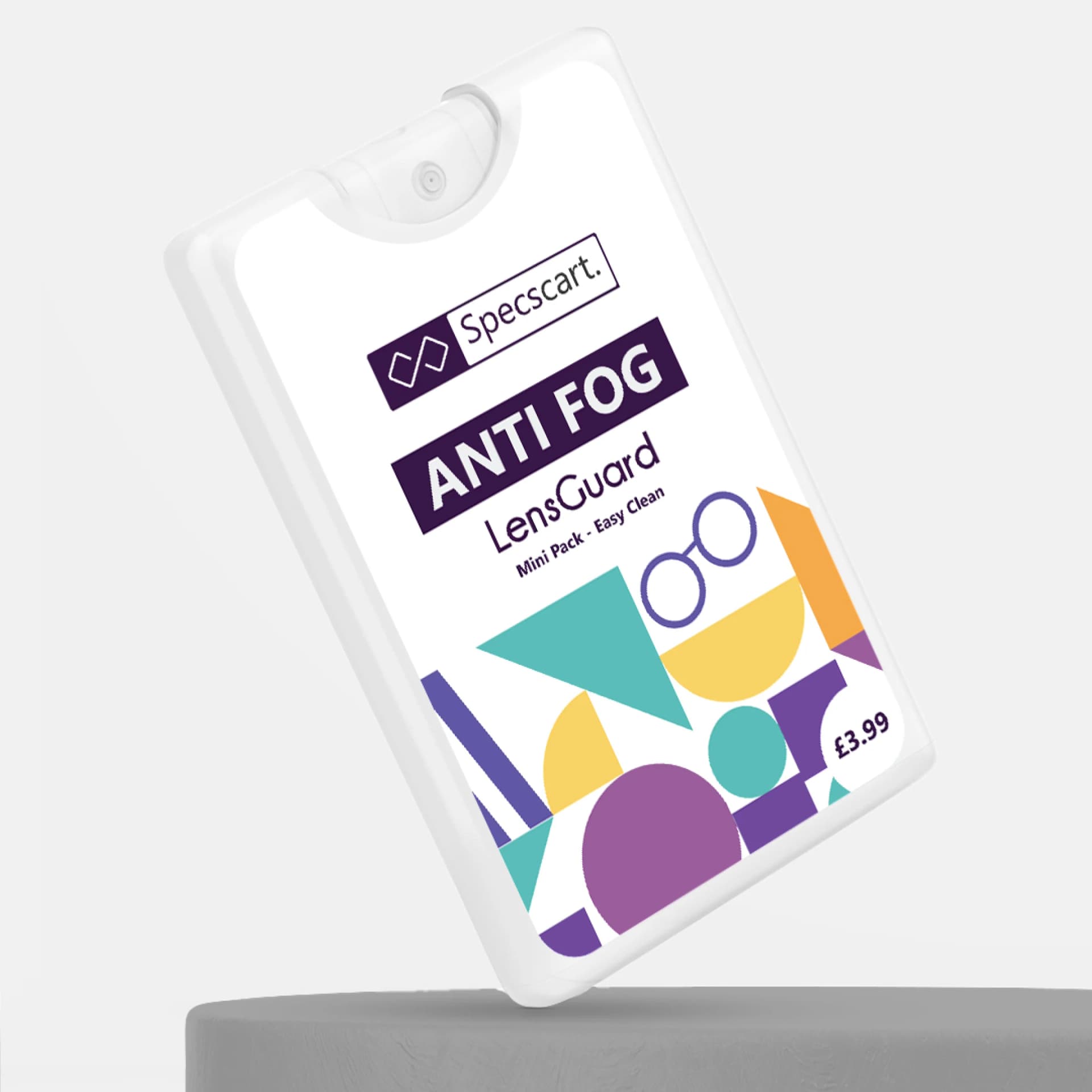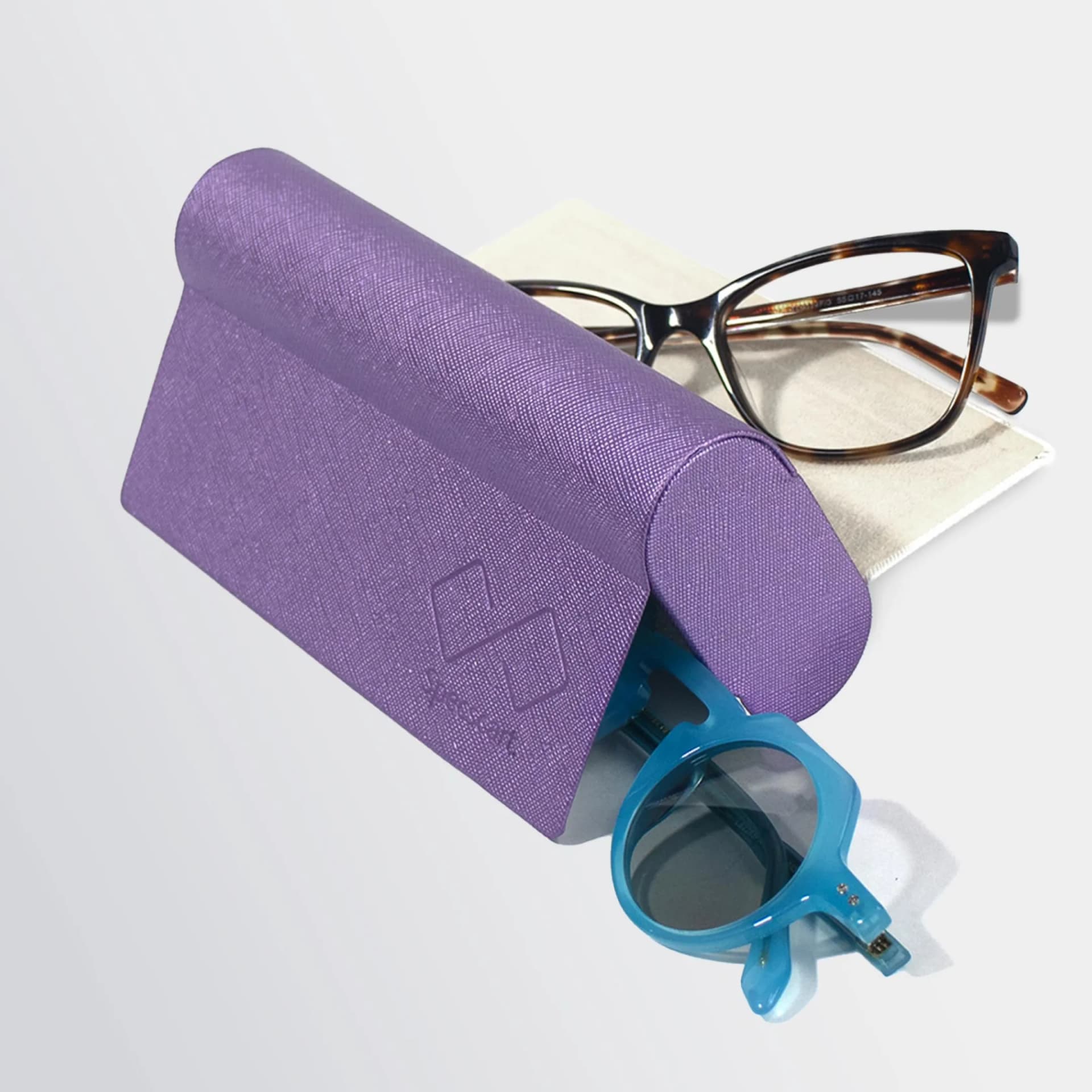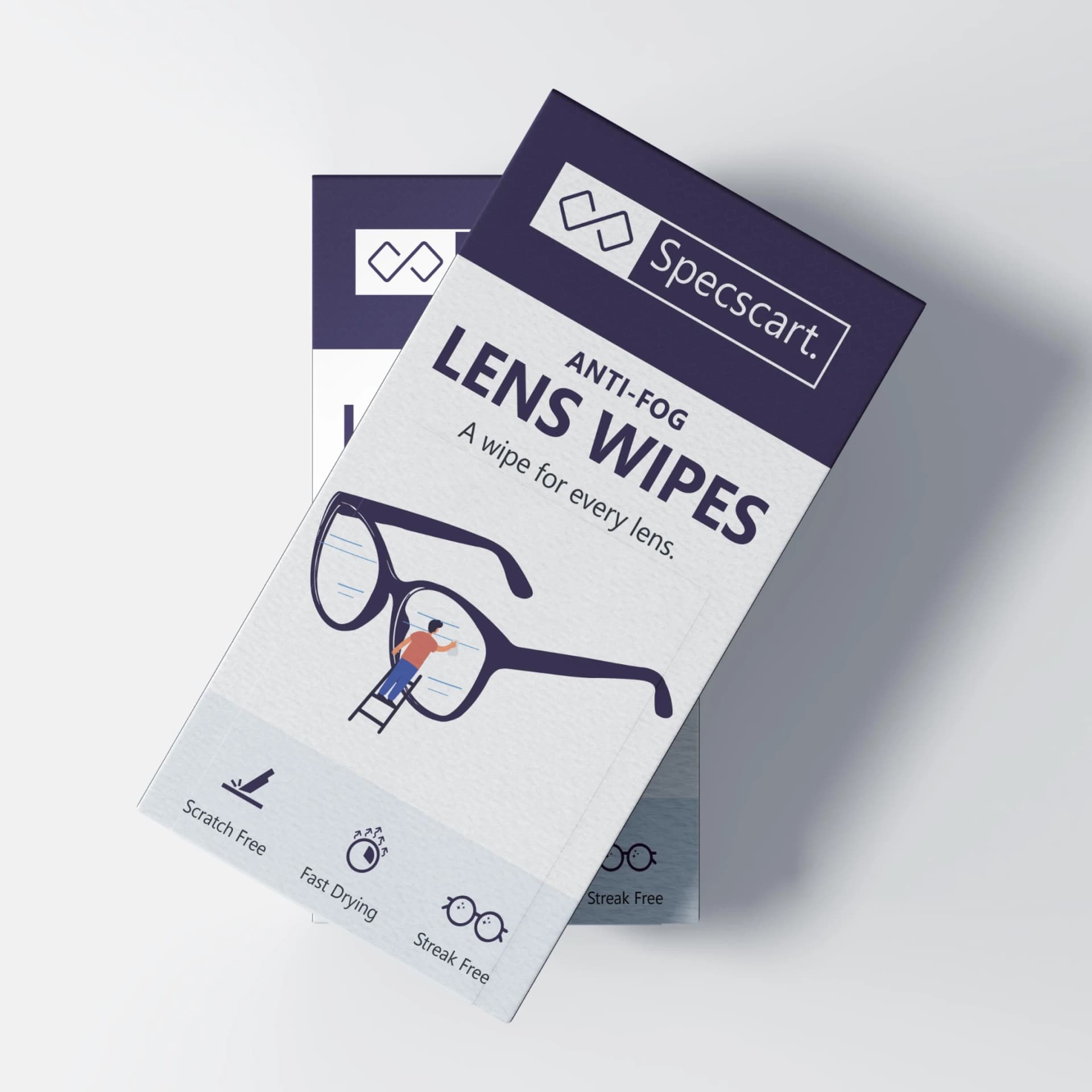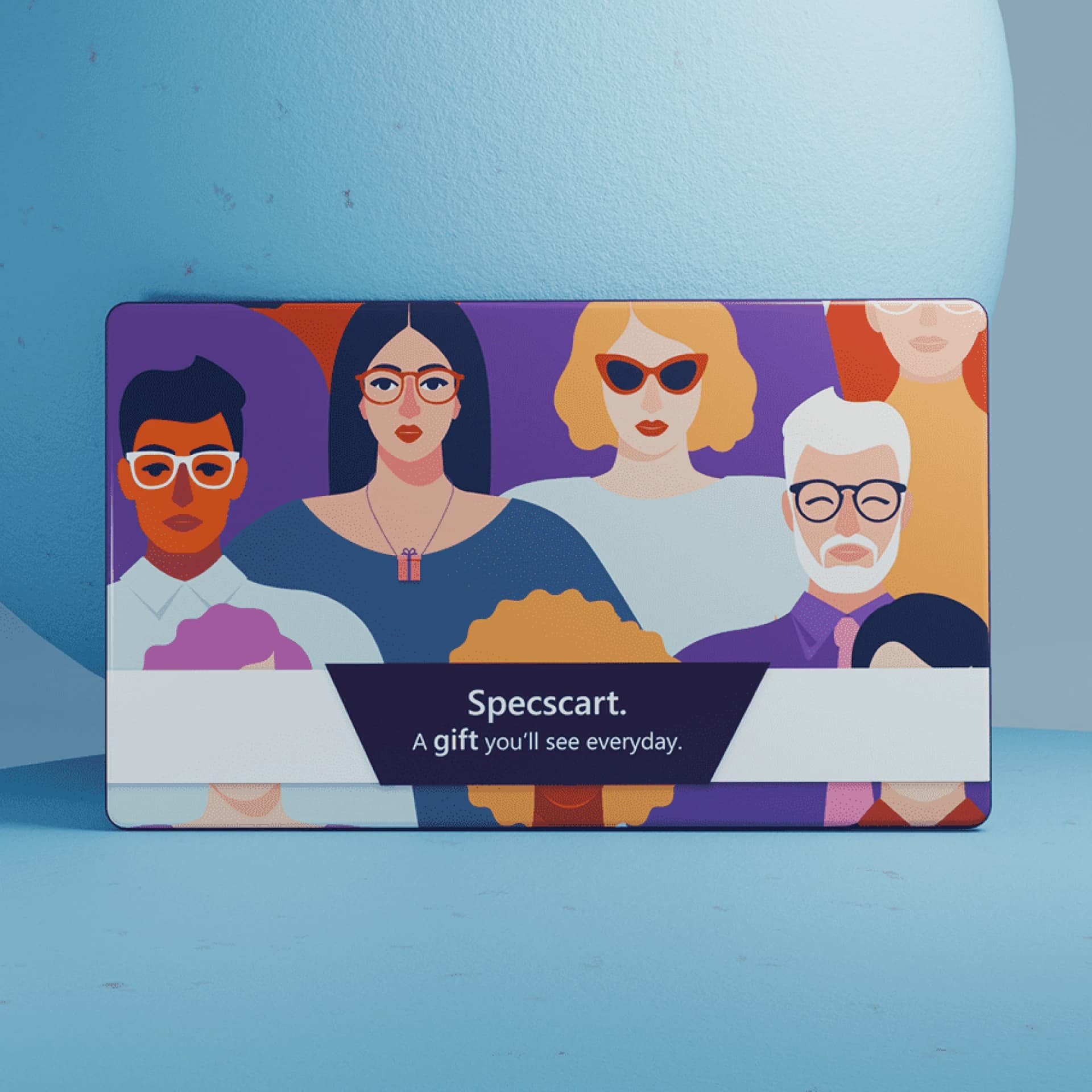If you wear eyeglasses, you're probably familiar with Transitions lenses. These light-adaptive lenses are designed to automatically adjust to changing light conditions, getting darker in bright sunlight and lighter indoors. This makes them a great option for people who don't want to switch between different pairs of glasses throughout the day.
However, if you're new to Transitions lenses, you might be wondering how to activate them manually. In this blog, we'll explore different ways to activate Transitions lenses and answer some common questions about how they work.
What Triggers Transitions Glasses?
Transitions lenses are activated by UV light. When the lenses are exposed to UV light, a chemical reaction occurs that causes them to darken. This is why Transitions lenses are often referred to as photochromic lenses. The amount of UV light needed to activate the lenses varies depending on the type of lens, but in general, they will start to darken when exposed to sunlight.
How do I Activate Transitions Lenses?
There are a few different ways to activate Transitions lenses:
Go outside: As we mentioned earlier, Transitions lenses are activated by UV light. The easiest way to activate them is to go outside on a sunny day. As soon as the lenses are exposed to UV light, they will start to darken. It's important to note that general Transitions lenses don't work in cars because the windshield blocks a significant amount of UV light. However, you can go with advanced lenses like Transitions XTRActive lenses which is their new generation advanced lens that also works in the car. However, those who need a way to activate Transitions lenses can follow these tips.
Use a UV flashlight: If you don't want to wait for a sunny day, you can use a UV flashlight to activate your transitions lenses. UV flashlights emit UV light, which will cause the lenses to darken. You can find UV flashlights online or at your local hardware store.
Use a UV lamp: Another option is to use a UV lamp to activate your Transitions lenses. UV lamps are often used in tanning beds and can emit enough UV light to activate the lenses. However, you should be careful not to expose your skin to too much UV light, as it can be harmful.
Wait for them to adjust: If you're patient enough, you can simply wait for your Transitions lenses to adjust to the light. It can take a few minutes for the lenses to darken in bright sunlight, but they will eventually adjust on their own. Similarly, when you go back indoors, the lenses will gradually lighten up.
What are Some Common Misconceptions About Transitions Lenses?
There are a few common misconceptions about Transitions lenses that we'd like to clear up:
They don't work in cars: As we mentioned earlier, Transitions lenses don't work as well in cars because the windshield blocks a significant amount of UV light. However, the new generation Transitions lenses have the ability to react inside a car.
They don't work in cold temperatures: Some people believe that Transitions lenses won't darken in cold temperatures. While it's true that extreme cold can affect the lenses' performance, they should still darken in most normal temperature conditions.
They always get very dark: Transitions lenses are designed to adjust to changing light conditions, so they won't always get very dark. The amount of darkening depends on the amount of UV light present. If you're in an area with low UV light, your lenses won't get as dark as they would in bright sunlight.
Are There Any Downsides to Transitions Lenses?
While transitions lenses are a great option for many people, there are a few downsides to consider:
They can be more expensive: Transitions lenses are generally more expensive than regular lenses, so they may not be the best choice if you're on a tight budget.
They don't always work quickly: If you're going from a dark environment to a bright one, it can take a few minutes for the lenses to fully adjust.
They may not get as dark as you'd like: If you spend a lot of time outdoors in very bright sunlight, you may find that your Transitions lenses don't get as dark as you'd like. In this case, you may need to consider getting a separate pair of sunglasses. Again, you can check out Transitions XTRActive lenses which get darker compared to other Transitions lenses.
Final Words
In conclusion, Transitions lenses are a great option for many people who want to simplify their eyewear and not have to constantly switch between different pairs of glasses. They are activated by UV light and can be activated by going outside, using a UV flashlight or lamp, or simply waiting for them to adjust.
Specscart’s Transitions are pre-loaded with blue light protection and thus, feature all pros from the blue lenses with the additional advantage of changing into tints from clear. They also block 100% of the harmful UVA and UVB rays.
Caution: You may become style obsessed
Your way finder
2000+ Trendy Styles

Fashion Forward Sunnies









































